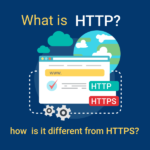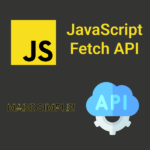What is XML? Extensible Markup Language - IT Question Answer
XML (Extensible Markup Language) is a markup language used to store and share data across web applications and systems. It is both human-readable and machine-readable, making it easy for developers and applications to exchange information. The main purpose of XML is to structure and transport data, rather than display it.
Why XML is Used
XML is widely used because it stores data in a platform-independent and flexible format. Its main uses include:
Data exchange between applications
Software configuration files
Storing structured data such as contacts, products, and orders
Web services and APIs
XML allows developers to create custom tags, which makes organizing and describing data straightforward. Being extensible, it works seamlessly across different systems and programming languages.
XML Syntax Rules
XML has some basic rules that must be followed:
Case-sensitive tags –
<data>and<Data>are different.Root element – Every XML document must have a single root element.
Proper nesting – Tags must be properly nested and closed.
Attribute quotes – Attribute values must always be in quotes.
Valid characters – Special characters need to be escaped (
&→&).
Example XML Document:
<note>
<to>John</to>
<from>Jane</from>
<heading>Reminder</heading>
<body>Meeting at 10 AM tomorrow</body>
</note>
Features of XML
Some key features of XML include:
Self-descriptive: Tags clearly describe the data.
Extensible: Custom tags can be created.
Platform-independent: Can be used on any OS or software.
Supports Unicode: Can handle international characters.
Hierarchical structure: Data is organized in parent-child relationships.
Benefits of XML
The benefits of using XML are:
Easy Data Sharing – Facilitates data exchange between applications.
Flexibility – Custom tags help organize data logically.
Compatibility – Works with different platforms and languages.
Readable Format – Both humans and machines can read it.
Standard Format – Widely accepted for web services and APIs.
Uses of XML
XML is used in various IT projects:
Web Services: Used for data exchange in SOAP and REST APIs.
RSS Feeds: Websites share their latest content via XML feeds.
Configuration Files: Stores software settings.
Data Storage: Handles complex data structures.
XML vs HTML
Although both are markup languages, XML and HTML serve different purposes:
| Feature | XML | HTML |
|---|---|---|
| Purpose | Data storage & transport | Display data on web |
| Tags | Customizable | Predefined |
| Extensible | Yes | No |
| Case Sensitive | Yes | No |
| Validity | Strict rules | Flexible |
Example: XML in Real Life
For an e-commerce website, product data can be stored in XML like this.
Smartphone 20000 XYZ Laptop 50000 ABC
<products>
<product>
<name>Smartphone</name>
<price>20000</price>
<brand>XYZ</brand>
</product>
<product>
<name>Laptop</name>
<price>50000</price>
<brand>ABC</brand>
</product>
</products>






